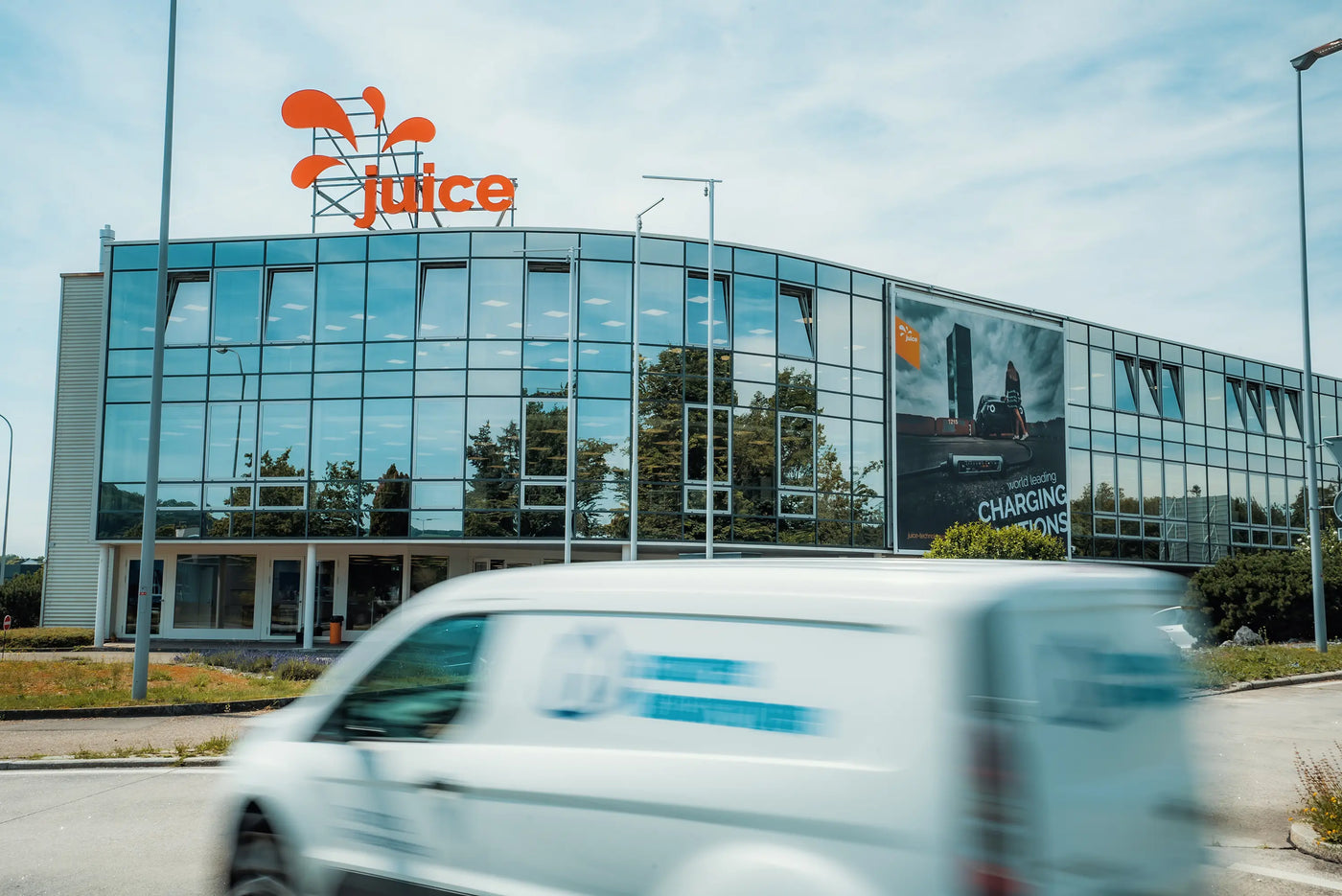The question of costs and the change in the automobile market
Lars Thomsen, futurologist and founder of the think tank "future matters" and board member of Juice Technology AG, provides an insight into the current developments in the electromobility market. His conclusion: electromobility is continuing to advance, even if the market currently appears unstable.
The current instability of the vehicle market, especially in Europe, is due to market distortions as a result of Covid, supply chain problems, energy price increases, fears of recession and inflation, delivery difficulties and changing conditions for government subsidies. However, the collapse in demand in the first half of the year, especially for BEVs, was only temporary and is not unusual when there are changes in the subsidy system.
Total cost accounting is the magic word
The popular belief that electric cars are more expensive than combustion engines is not true. The electric version almost always performs better than the version with a combustion engine - even when electricity prices are high and fuel prices are low. The decisive factor in determining which vehicle model is cheaper is not the purchase price, but the total costs over the entire service life.
The total cost of ownership (TCO), which takes into account not only the purchase price and operating costs but also depreciation, fixed costs such as insurance and vehicle tax, and maintenance costs, shows the actual costs of a vehicle. According to ADAC, BEVs have a clear advantage over combustion engines in most vehicle classes. In terms of costs, they are not always competitive in the micro and small car classes, but in view of future resale values and the rapidly expanding range of inexpensive options in these classes, this is now changing.
Upper and luxury class in focus so far
Until now, established car manufacturers have concentrated primarily on the popular SUVs and the luxury class, which offer higher returns and whose clientele is less price-sensitive. The focus for electric drives was on the luxury class from the start, as new technologies are fundamentally more competitive here. And: the increase in the cost of energy, raw materials and electronic components causes margins to shrink, and when chips become scarce, the quotas move to the more profitable products.
But micro and small cars in particular, regardless of the type of drive, are seen as an entry into mobility and are of interest to the masses. If we look at the classic market development, we are now moving from the introduction phase to the growth phase. The target group is becoming broader, and the demand for function-oriented vehicles is increasing.
China as a beneficiary and driver of development on the world markets
In Europe, the range of affordable small and mid-size cars is lagging behind when it comes to BEVs. This is encouraging the market entry of numerous Chinese and other Asian electric car manufacturers. Especially in the market for family and commuter vehicles up to 30,000 euros, the new Chinese models offer options for which there have previously been hardly any alternatives from the established manufacturers.
From the middle class upwards, electric vehicles have enormous price advantages over petrol cars - even if the price of petrol were to fall to 1.50 euros. Here we see the tipping point at which electric cars are cheaper than cars with combustion engines in the overall cost calculation, even in the small and middle classes.
By 2030, almost the entire new car market will be fully electric. In particular, the Chinese entry into the European market will drive the share of fully electric cars in these markets to over 45 percent of new registrations by 2025. This will increase the pressure on established manufacturers to develop and offer competitive models in the small and medium segments.
The trend towards electromobility continues unabated
In the coming years, more and more affordable models for the masses will come onto the market. This will make electromobility significantly more competitive than conventional drives, not only in terms of overall costs, but also in terms of purchase price. The trend therefore remains positive and the next important tipping point is within reach, at which emission-free driving will permeate all segments.













